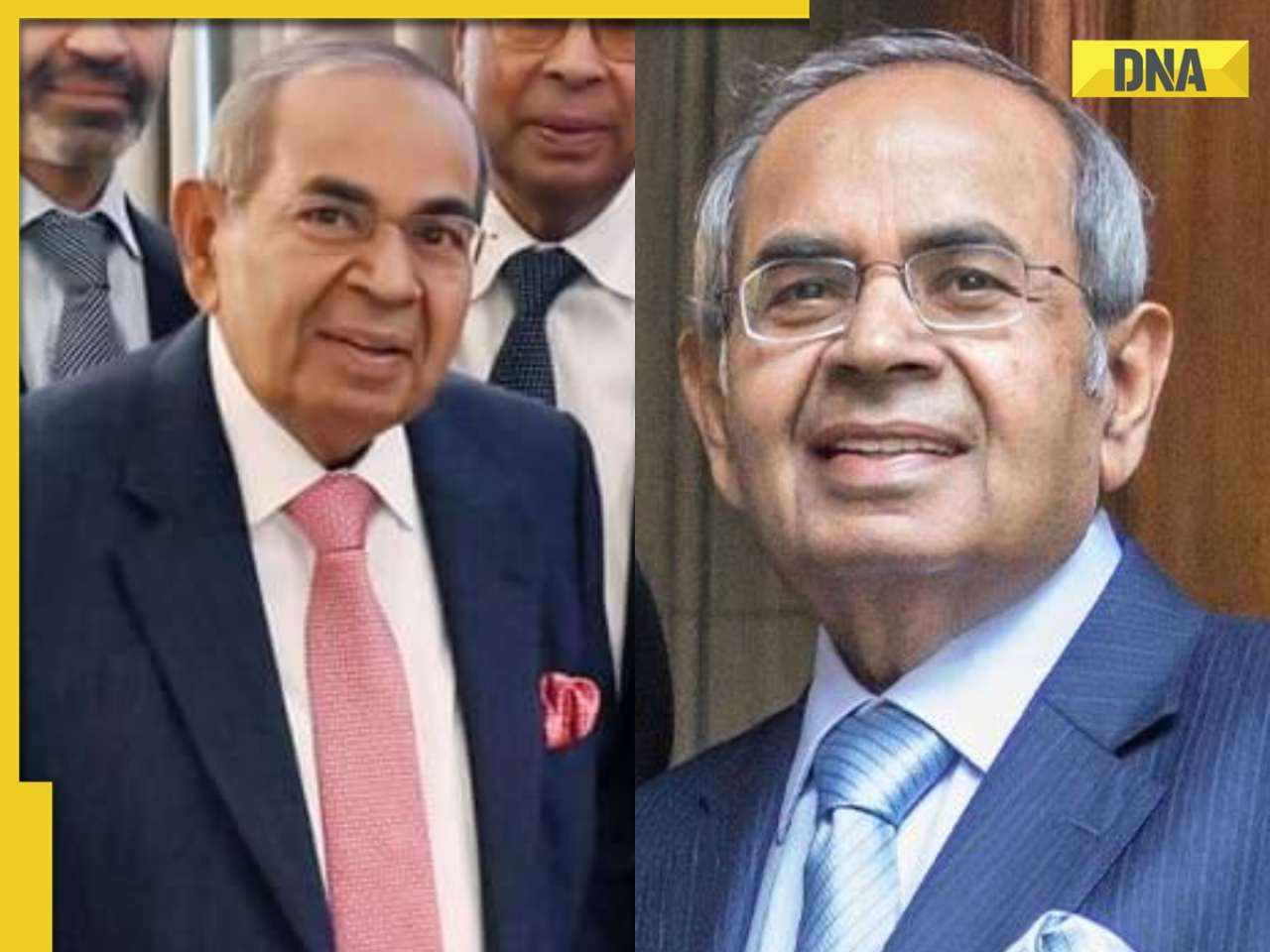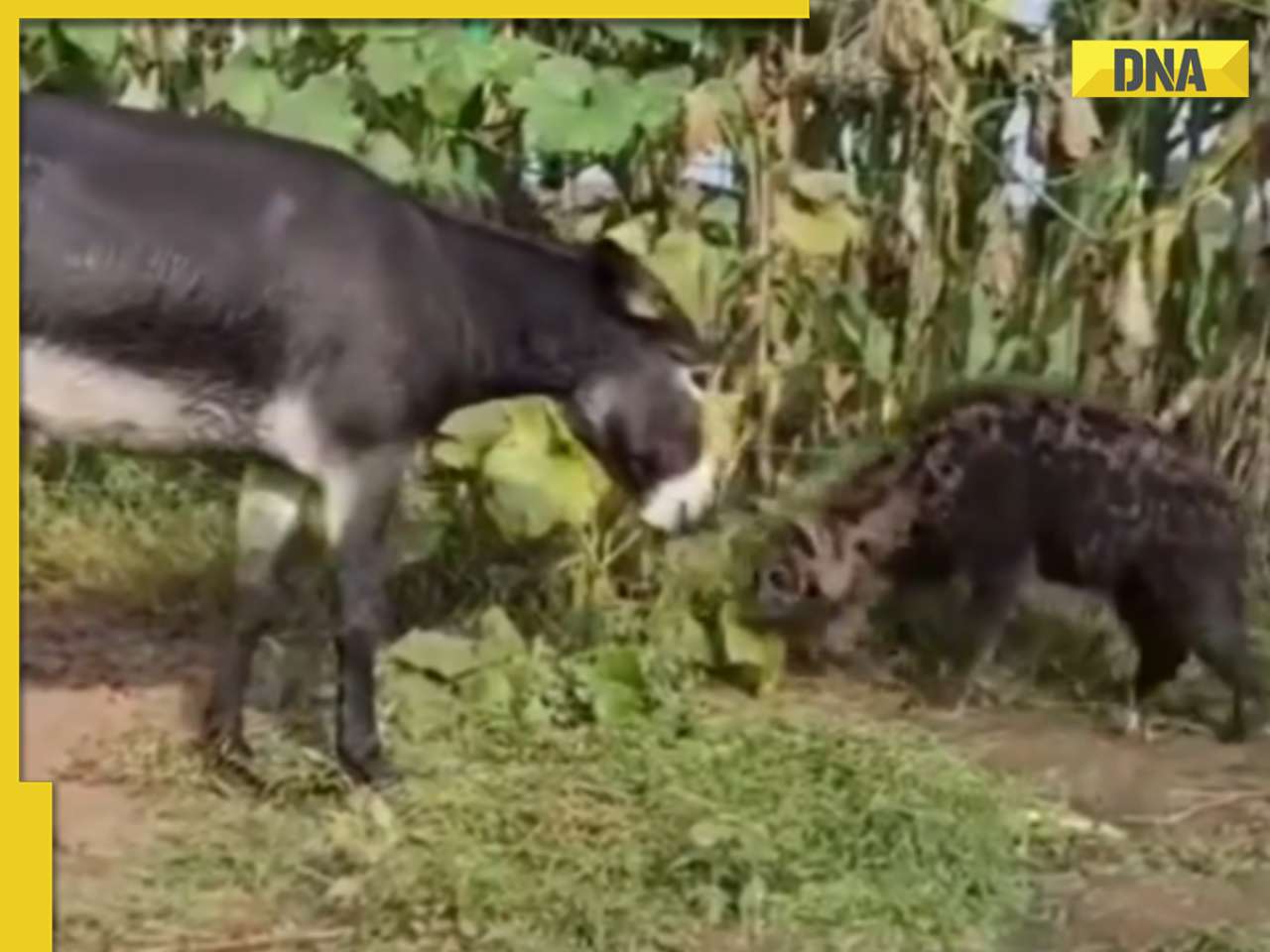Though the intention is to tax the employer, FBT may have taken the form of a surrogate tax on the employee
Budget 2007 has taken the meaning of sweat equity literally —- equity that will now make the employee sweat. Sweat equity, popularly known as employee stock option plans (ESOPs) or simply stock options, have been brought under the ambit of fringe benefit tax (FBT). In other words, there will be a two-stage tax applicable on ESOPs — once when the employee exercises the options (FBT) and next, when the employee sells the shares (capital gains).
So, what will this mean for the employee? Will he have to pay higher tax? If both FBT and capital gains are being made applicable, will this not amount to double taxation? And what about options granted before the Budget — will these also come under FBT?
Let’s start at the beginning. It should be understood that FBT is not a tax payable by the employee; instead, it is the employer who has to bear the tax. Secondly, it is not the stock options that are sought to be taxed, it is when these options are converted by the employee into shares that the tax - in this case, the FBT - liability will arise.
Note that getting stock options is not the same thing as getting shares. An option is a right but not an obligation given to the employee by the employer to purchase a specified number of shares during a specified time, at a specified price, which is usually at a discount to the current market price.
Tax incidence
The employee purchases the shares by exercising the options. And this is when the first stage of the new proposed tax will strike — the moment the employee exercises the option. Note that the employee has so far only purchased the shares; he has not sold them. Eventually, when he does sell, capital gains tax will be payable. Of course, if the shares are held for more than one year, there will be no capital gains liability as long-term capital gains are exempt.
For example, say, Vishal is an employee who has been granted the option of buying 10 shares of his company at a price of Rs 500. The current market value of the share is Rs 800. If Vishal exercises his option, he will have to pay Rs 5,000 (10 x Rs 500). Now, the difference between the market value of the shares i.e., Rs 8,000 (10 x Rs 800) and Vishal’s purchase cost (Rs 5,000) will be the fringe benefit value and consequently FBT will be payable by Vishal’s employer on this Rs 3,000 @33.99%. This amount works out to Rs 1,020.
Now, say six months later, the market price of the share goes up to Rs 1,000 and Vishal sells his shares. The difference between the sale value of Rs 10,000 (10 shares x Rs 1,000) and the market price at the time of exercise of the option, i.e., Rs 8,000, will be taxed as short-term capital gains in Vishal’s hands @10% (ignoring surcharge and education cess). Hence, in this entire transaction, right from the grant of the option till the sale of shares, Vishal’s tax liability would be just Rs 200 (10% of Rs 2,000).
Note that the tax becomes payable upon Vishal exercising the options. Which means it doesn’t matter when Vishal has been actually granted the options, as long as he exercises the options anytime on or after April 2007 (when the new rules become applicable), the FBT law will kick in. Also, note that there is no double taxation. All that has happened is that the profit of Rs 5,000 (sale value of Rs 10,000 minus the cost, which was Rs 5,000) has been taxed in two installments of Rs 3,000 and Rs 2,000.
Prior to the Budget amendments, the entire Rs 5,000 would have been taxed in Vishal’s hands at the time of sale @10%, giving rise to a tax liability of Rs 500.
To that extent, the employee under the new rules will pay lesser tax. The government is happy as earlier the tax collected on the transaction would have been Rs 500 — now it has more than doubled to Rs 1,220 (Rs 1,020 FBT plus Rs 200 short-term capital gains). The only party that is adversely affected is the employer, who has to cough up the extra Rs 1,020.
Back to old rules
Actually, this dual layered taxing of ESOPs is not new. Till 1999-2000, ESOPs were being taxed similarly. Only, instead of being taxed as FBT in the employer’s hands it was being taxed as a perquisite in the hands of the employee.
However, this used to give rise to a practical difficulty. The first stage, i.e., the difference between the market value and the exercise price, is only a notional profit — the employee has not sold the shares yet to realise it.
The numbers in the example are small for ease of understanding. However, imagine if Vishal had been granted 10,000 shares instead of 10. The notional profit would work out to Rs 30 lakh and Vishal would have needed to cough up a tax of Rs 10.20 lakh — on income not yet earned. This resulted in the employee needing to sell the shares immediately, just to pay tax, and the entire raison d’etre of getting allotted stock options to participate in the growth of the company stood defeated. However, it is feared that eventually that is what will happen. FBT has taken the form of a surrogate tax on the employee.
Other items under the ambit of FBT are being recovered from the employee either by paying the employee net of FBT liability or by including FBT payable in the CTC computation. ESOP compensation would also suffer the same fate.
To sum
In a country where less than 3% of the population actually pays taxes, here is a group in which 100% of its constituents pays its due, and that too well in advance. They don’t get standard deduction, unlike a businessman who can set off his expenses against income. The unfortunate few who happen to earn an income above Rs 10 lakh have to pay a surcharge of 10% on their gross income, whereas a corporate that earns Rs 1 crore or less, net of expenses, does not have to pay the surcharge. This results in the ridiculous anomaly where a corporate pays tax @30.9%, whereas an employee, possibly working in the same corporate, would be subject to a tax rate of 33.99%. It is time the government realised the difference between succour and sucker.
sandeep.shanbhag@gmail.com
![submenu-img]() Meet man, an Indian, whose family topped list of richest people in the UK with net worth of...
Meet man, an Indian, whose family topped list of richest people in the UK with net worth of...![submenu-img]() Pune: Tanker explodes in Pimpri Chinchwad, nearby hotels, houses and parked trucks damaged
Pune: Tanker explodes in Pimpri Chinchwad, nearby hotels, houses and parked trucks damaged![submenu-img]() Rohit Sharma lashes out at IPL TV broadcaster for 'breach of privacy'
Rohit Sharma lashes out at IPL TV broadcaster for 'breach of privacy'![submenu-img]() Heeramandi lyricist AM Turaz on Azadi: 'Women's contribution in Indian freedom movement has never been...' | Exclusive
Heeramandi lyricist AM Turaz on Azadi: 'Women's contribution in Indian freedom movement has never been...' | Exclusive![submenu-img]() Kangana Ranaut reveals if she will quit films after winning Lok Sabha elections, calls Bollywood 'jhoothi duniya'
Kangana Ranaut reveals if she will quit films after winning Lok Sabha elections, calls Bollywood 'jhoothi duniya'![submenu-img]() Meet IAS officer, daughter of milk vendor, who cracked UPSC in second attempt, secured AIR...
Meet IAS officer, daughter of milk vendor, who cracked UPSC in second attempt, secured AIR...![submenu-img]() UGC NET June 2024: Registration window closes today; check how to apply
UGC NET June 2024: Registration window closes today; check how to apply![submenu-img]() Meet IAS officer, son of teacher from Rajasthan, who cracked UPSC after multiple failed attempts, secured AIR...
Meet IAS officer, son of teacher from Rajasthan, who cracked UPSC after multiple failed attempts, secured AIR...![submenu-img]() Meet IIT graduates, three friends who were featured in Forbes 30 Under 30 Asia list, built AI startup, now…
Meet IIT graduates, three friends who were featured in Forbes 30 Under 30 Asia list, built AI startup, now…![submenu-img]() Meet woman who cracked UPSC in fourth attempt to become IAS officer, secured AIR...
Meet woman who cracked UPSC in fourth attempt to become IAS officer, secured AIR...![submenu-img]() DNA Verified: Is CAA an anti-Muslim law? Centre terms news report as 'misleading'
DNA Verified: Is CAA an anti-Muslim law? Centre terms news report as 'misleading'![submenu-img]() DNA Verified: Lok Sabha Elections 2024 to be held on April 19? Know truth behind viral message
DNA Verified: Lok Sabha Elections 2024 to be held on April 19? Know truth behind viral message![submenu-img]() DNA Verified: Modi govt giving students free laptops under 'One Student One Laptop' scheme? Know truth here
DNA Verified: Modi govt giving students free laptops under 'One Student One Laptop' scheme? Know truth here![submenu-img]() DNA Verified: Shah Rukh Khan denies reports of his role in release of India's naval officers from Qatar
DNA Verified: Shah Rukh Khan denies reports of his role in release of India's naval officers from Qatar![submenu-img]() DNA Verified: Is govt providing Rs 1.6 lakh benefit to girls under PM Ladli Laxmi Yojana? Know truth
DNA Verified: Is govt providing Rs 1.6 lakh benefit to girls under PM Ladli Laxmi Yojana? Know truth![submenu-img]() Kiara Advani attends Women In Cinema Gala in dramatic ensemble, netizens say 'who designs these hideous dresses'
Kiara Advani attends Women In Cinema Gala in dramatic ensemble, netizens say 'who designs these hideous dresses'![submenu-img]() Influencer Diipa Büller-Khosla looks 'drop dead gorgeous' in metallic structured dress at Cannes 2024
Influencer Diipa Büller-Khosla looks 'drop dead gorgeous' in metallic structured dress at Cannes 2024![submenu-img]() Kiara Advani stuns in Prabal Gurung thigh-high slit gown for her Cannes debut, poses by the French Riviera
Kiara Advani stuns in Prabal Gurung thigh-high slit gown for her Cannes debut, poses by the French Riviera![submenu-img]() Heeramandi star Taha Shah Badussha makes dashing debut at Cannes Film Festival, fans call him ‘international crush’
Heeramandi star Taha Shah Badussha makes dashing debut at Cannes Film Festival, fans call him ‘international crush’![submenu-img]() Streaming This Week: Madgaon Express, Zara Hatke Zara Bachke, Bridgerton season 3, latest OTT releases to binge-watch
Streaming This Week: Madgaon Express, Zara Hatke Zara Bachke, Bridgerton season 3, latest OTT releases to binge-watch![submenu-img]() Haryana Political Crisis: Will 3 independent MLAs support withdrawal impact the present Nayab Saini led-BJP government?
Haryana Political Crisis: Will 3 independent MLAs support withdrawal impact the present Nayab Saini led-BJP government?![submenu-img]() DNA Explainer: Why Harvey Weinstein's rape conviction was overturned, will beleaguered Hollywood mogul get out of jail?
DNA Explainer: Why Harvey Weinstein's rape conviction was overturned, will beleaguered Hollywood mogul get out of jail?![submenu-img]() What is inheritance tax?
What is inheritance tax?![submenu-img]() DNA Explainer: What is cloud seeding which is blamed for wreaking havoc in Dubai?
DNA Explainer: What is cloud seeding which is blamed for wreaking havoc in Dubai?![submenu-img]() DNA Explainer: What is Israel's Arrow-3 defence system used to intercept Iran's missile attack?
DNA Explainer: What is Israel's Arrow-3 defence system used to intercept Iran's missile attack?![submenu-img]() Heeramandi lyricist AM Turaz on Azadi: 'Women's contribution in Indian freedom movement has never been...' | Exclusive
Heeramandi lyricist AM Turaz on Azadi: 'Women's contribution in Indian freedom movement has never been...' | Exclusive![submenu-img]() Kangana Ranaut reveals if she will quit films after winning Lok Sabha elections, calls Bollywood 'jhoothi duniya'
Kangana Ranaut reveals if she will quit films after winning Lok Sabha elections, calls Bollywood 'jhoothi duniya'![submenu-img]() Sanjay Leela Bhansali calls this actor his only friend in industry: 'He doesn't care about my film, he cares about me'
Sanjay Leela Bhansali calls this actor his only friend in industry: 'He doesn't care about my film, he cares about me'![submenu-img]() Jolly LLB 3: Akshay Kumar wraps up first schedule; local artiste reveals actor's inspiring daily habits
Jolly LLB 3: Akshay Kumar wraps up first schedule; local artiste reveals actor's inspiring daily habits![submenu-img]() Before Ranveer Singh, Deepika Padukone; Bajirao Mastani was announced with these two superstars in 70s, it got shelved
Before Ranveer Singh, Deepika Padukone; Bajirao Mastani was announced with these two superstars in 70s, it got shelved![submenu-img]() Viral video: Donkey stuns internet with unexpected victory over hyena, watch
Viral video: Donkey stuns internet with unexpected victory over hyena, watch![submenu-img]() Viral video: 'Breathtaking' blue meteor illuminates skies over Spain and Portugal, watch
Viral video: 'Breathtaking' blue meteor illuminates skies over Spain and Portugal, watch![submenu-img]() Google CEO Sundar Pichai reveals his favourite foods in Delhi, Mumbai, Bengaluru and they are...
Google CEO Sundar Pichai reveals his favourite foods in Delhi, Mumbai, Bengaluru and they are...![submenu-img]() Cow fight injures two girls enjoying street snacks, video goes viral
Cow fight injures two girls enjoying street snacks, video goes viral![submenu-img]() Viral video: Man sets up makeshift hammock on bus, internet reacts
Viral video: Man sets up makeshift hammock on bus, internet reacts







































)

















)
)
)
)
)
)